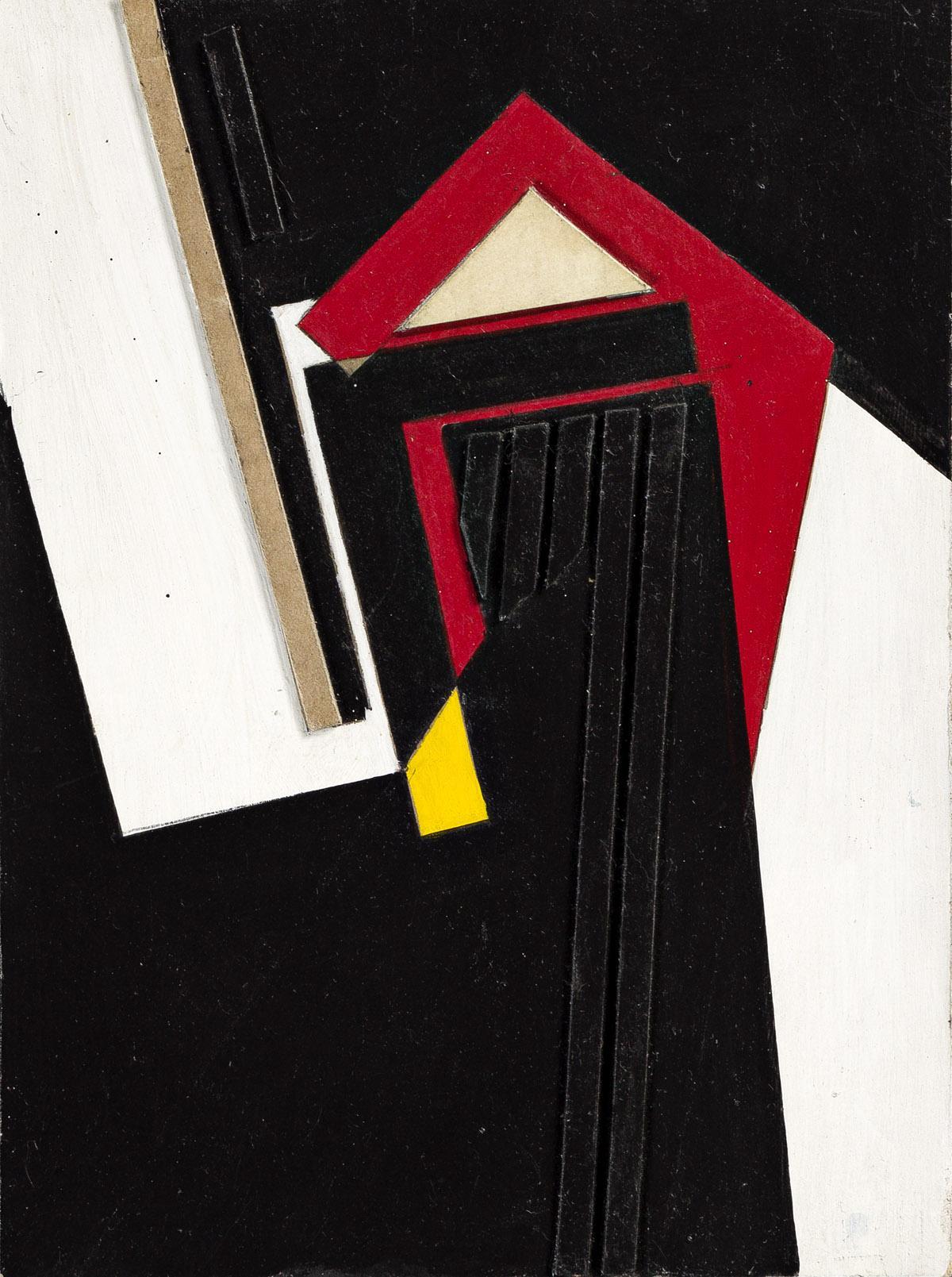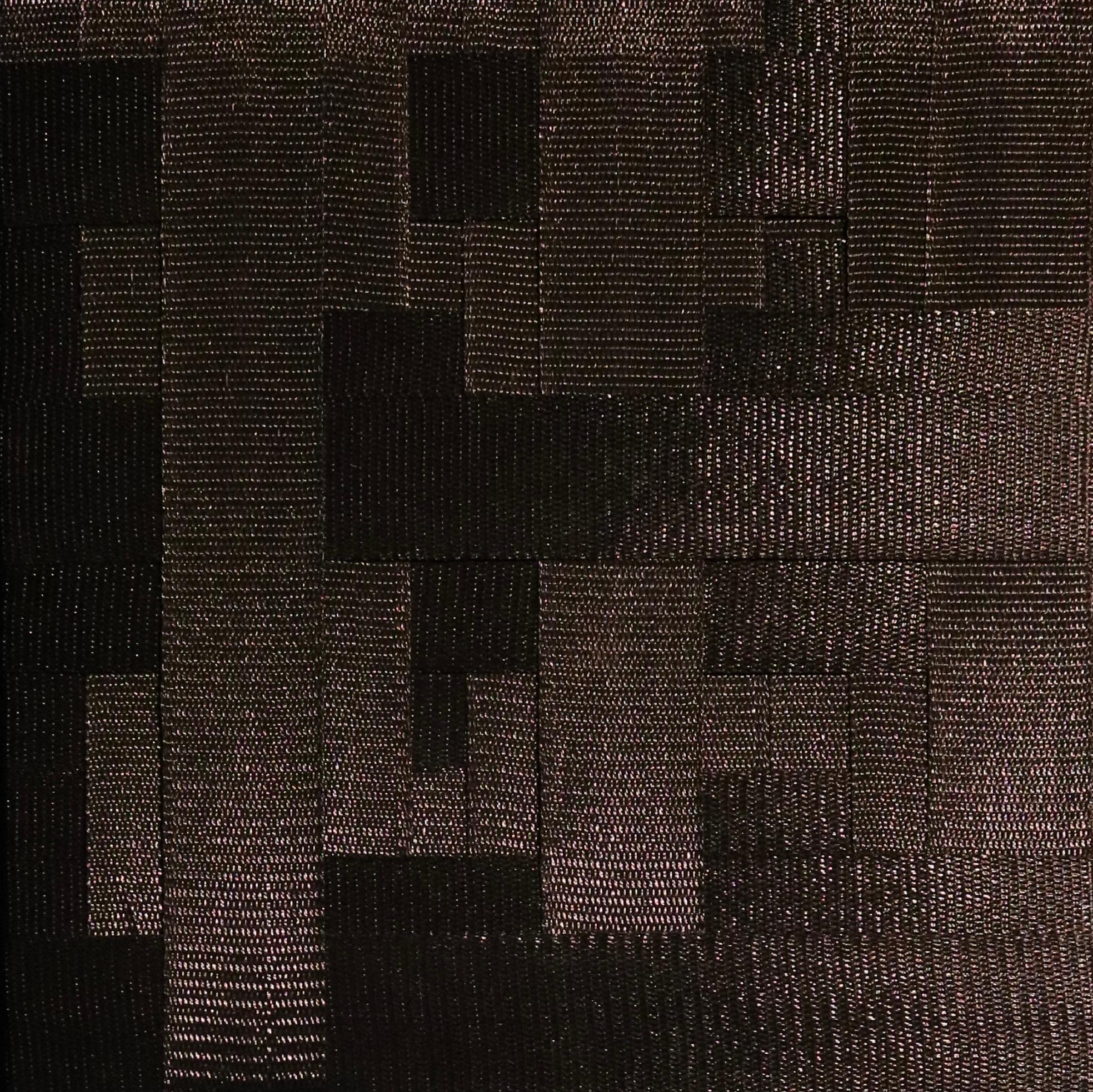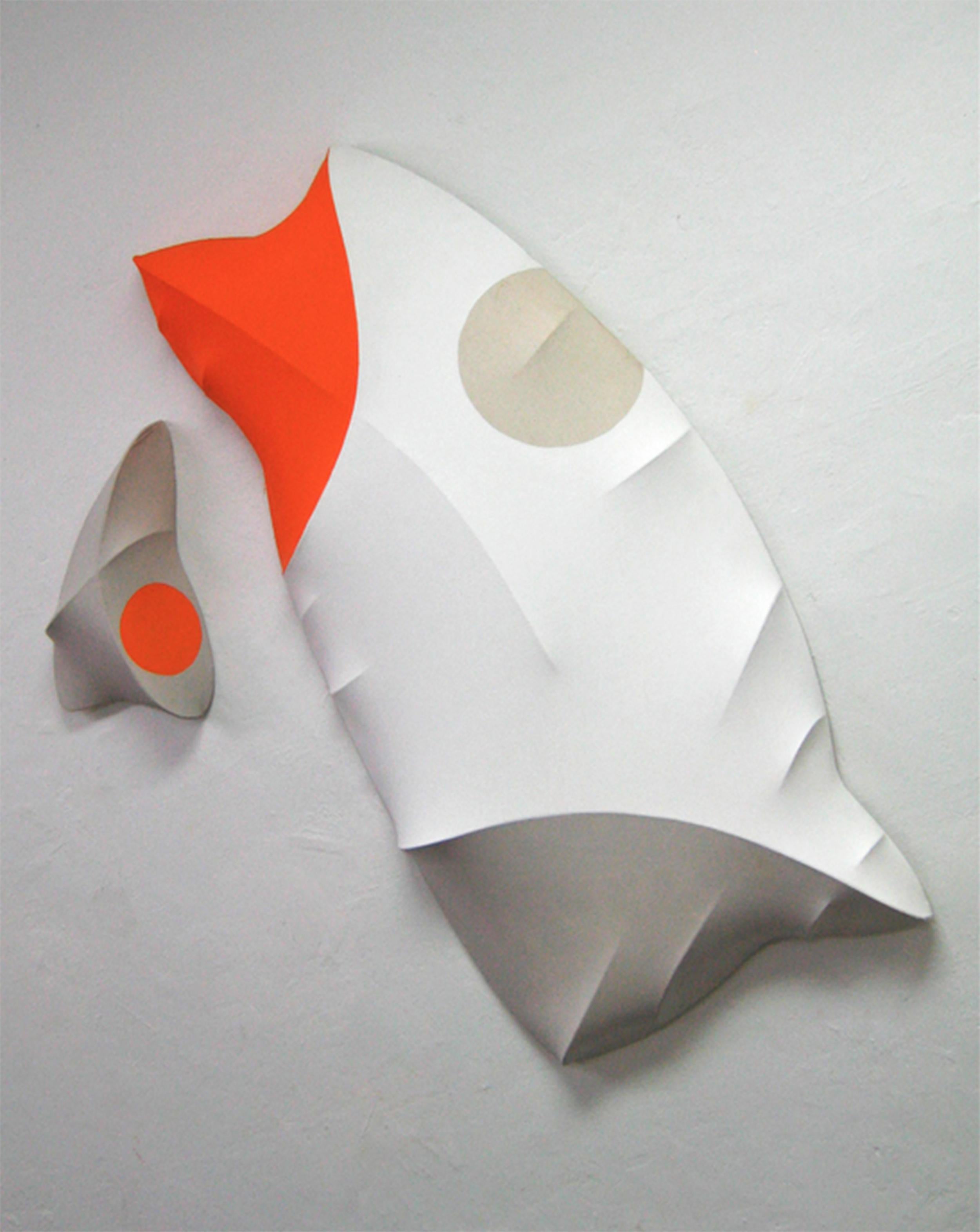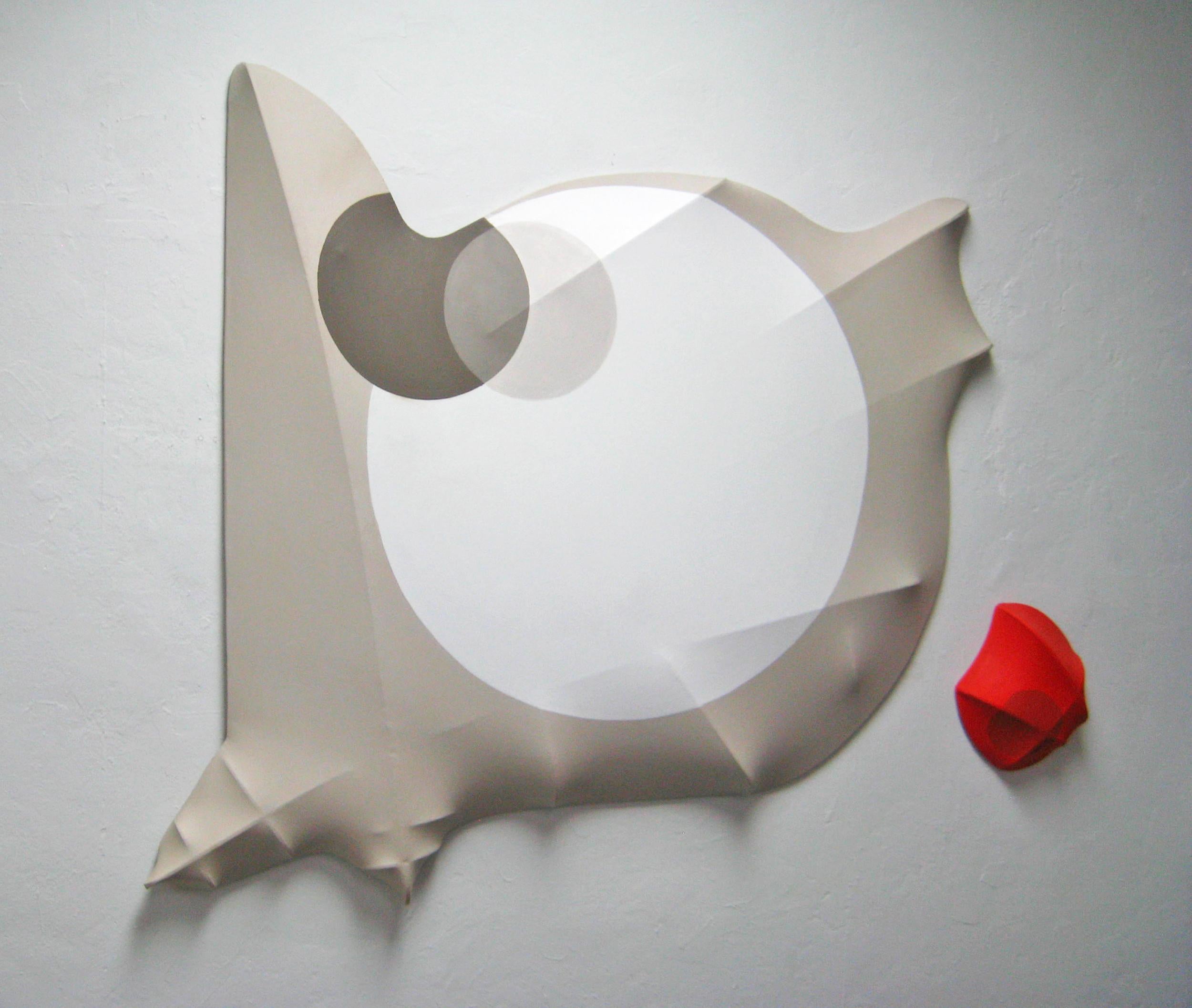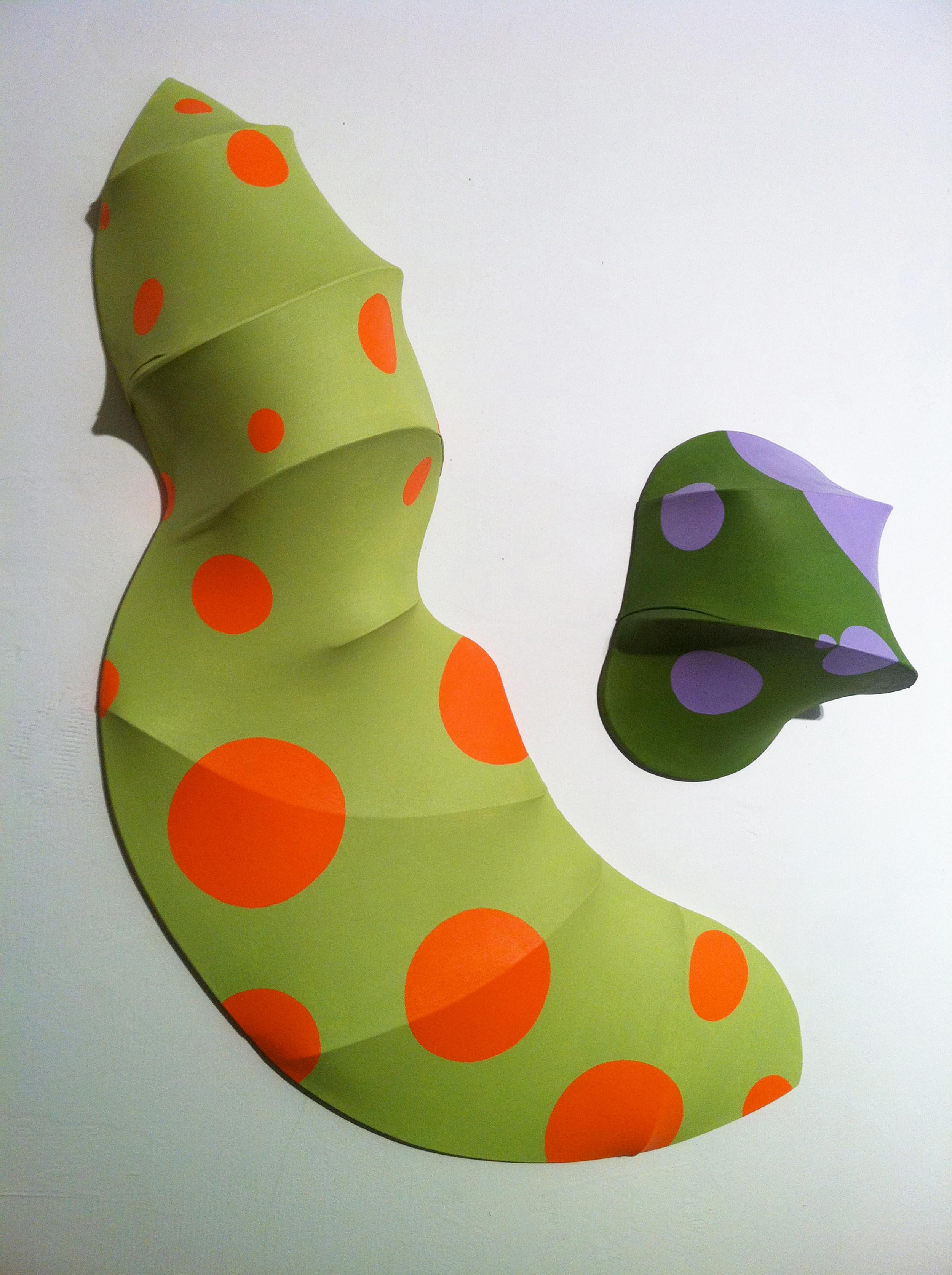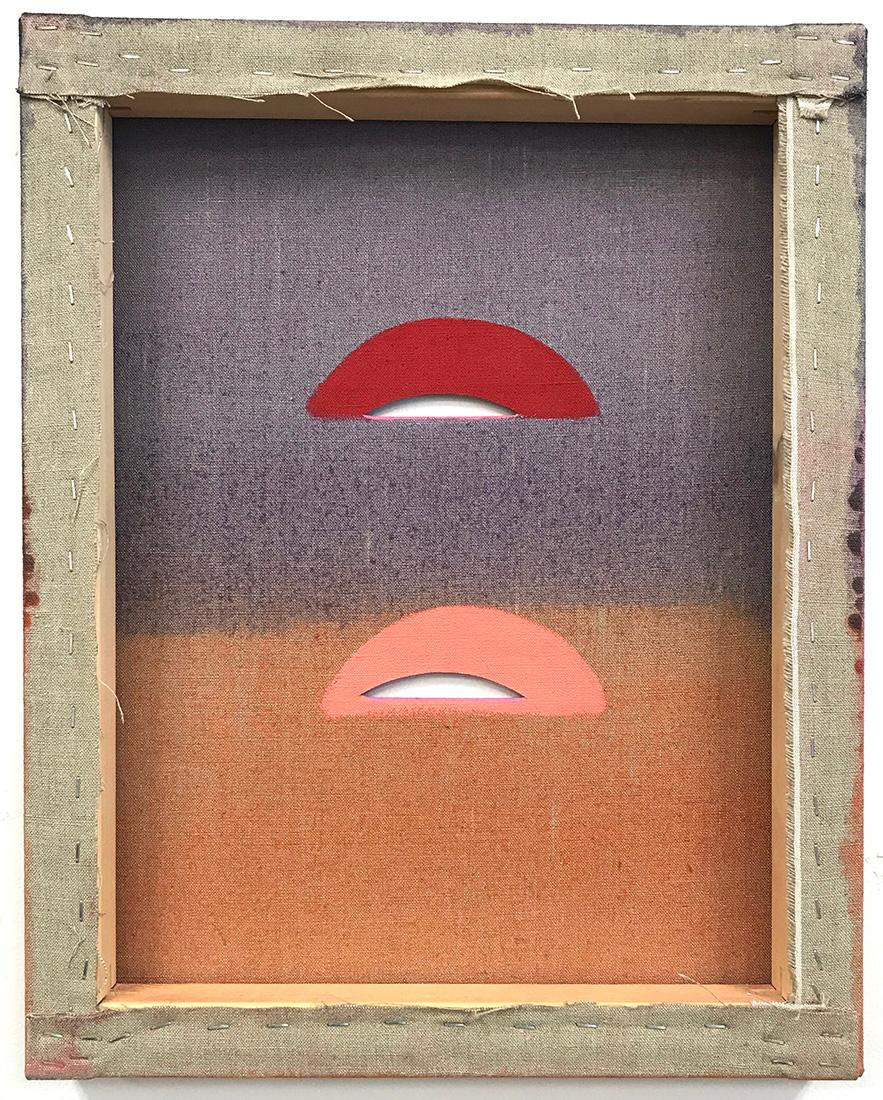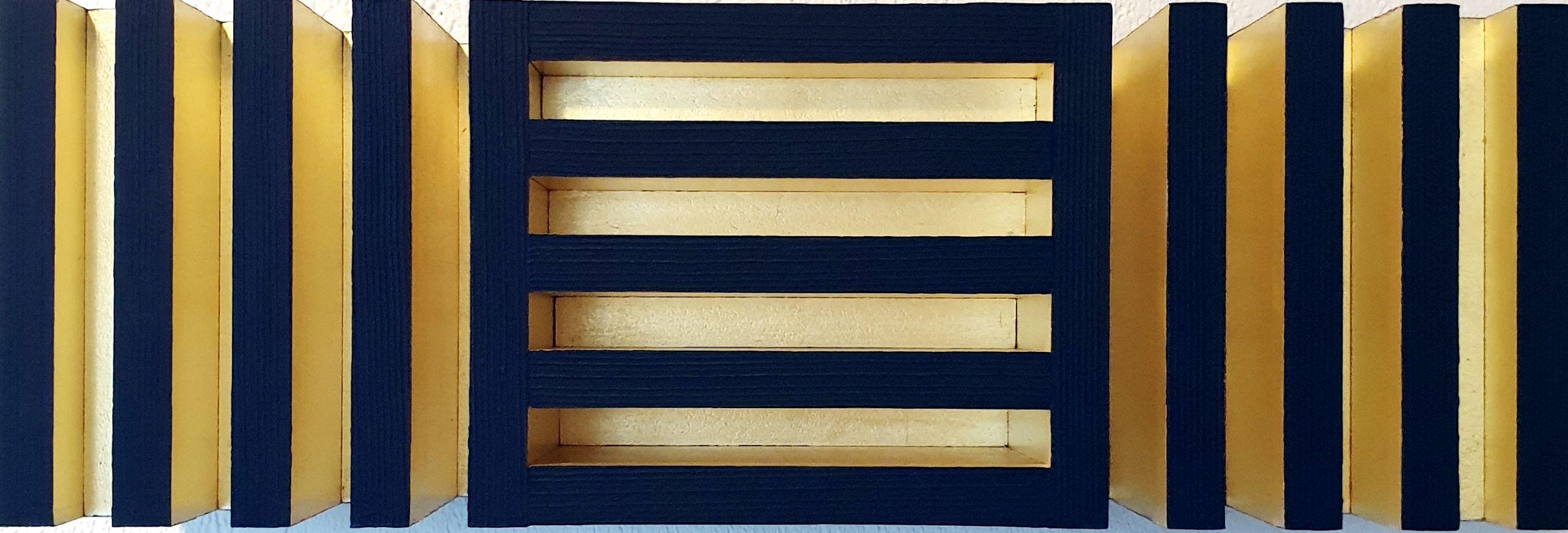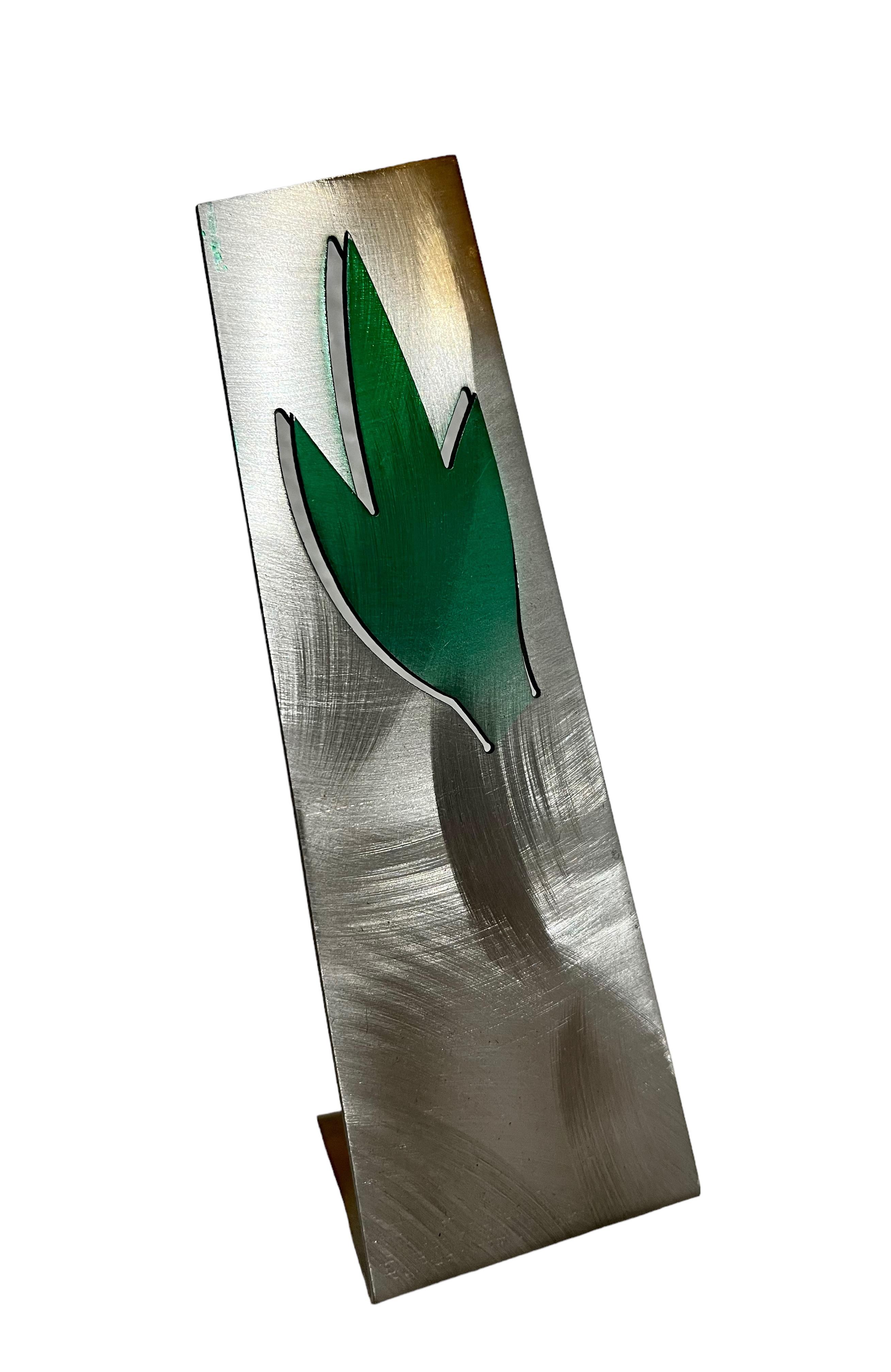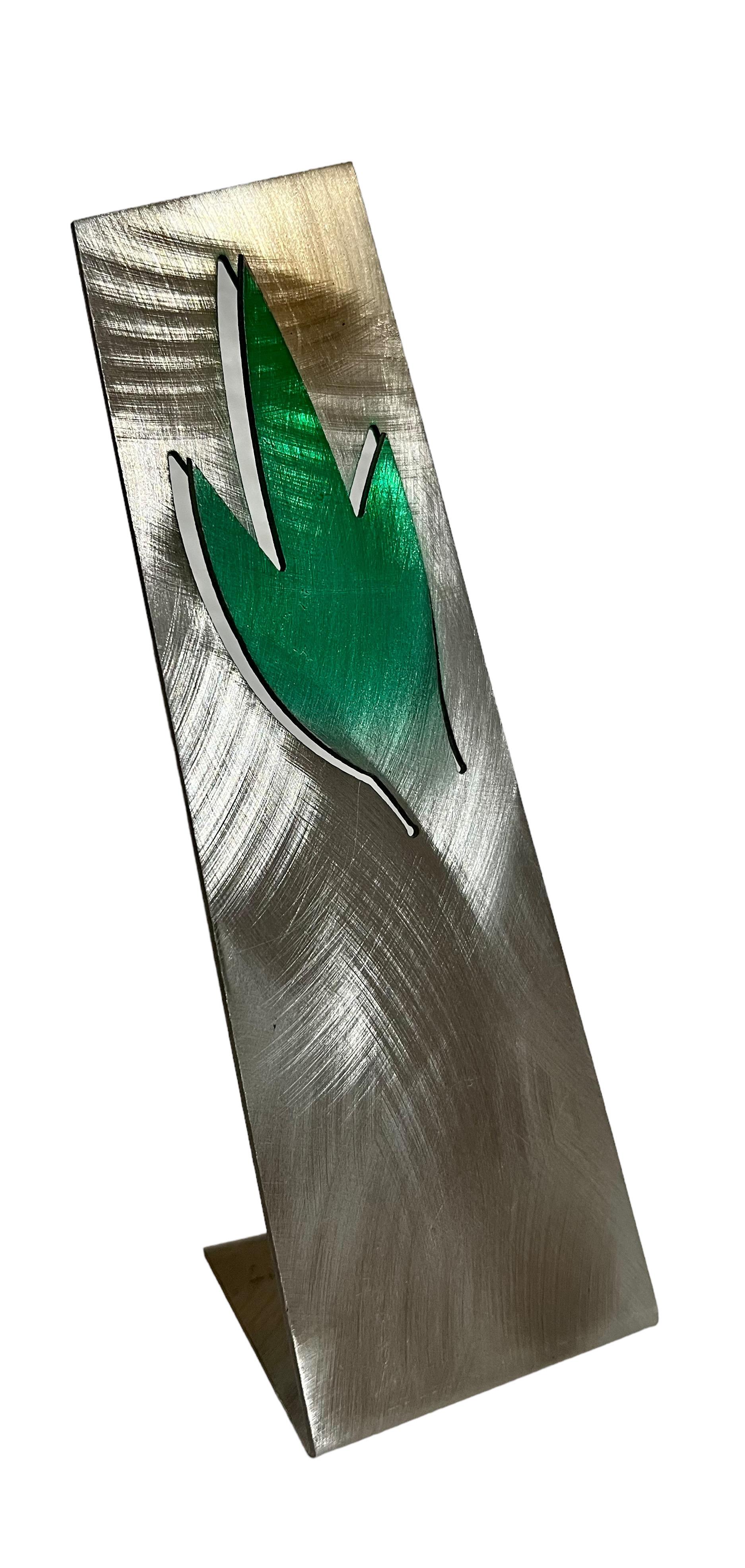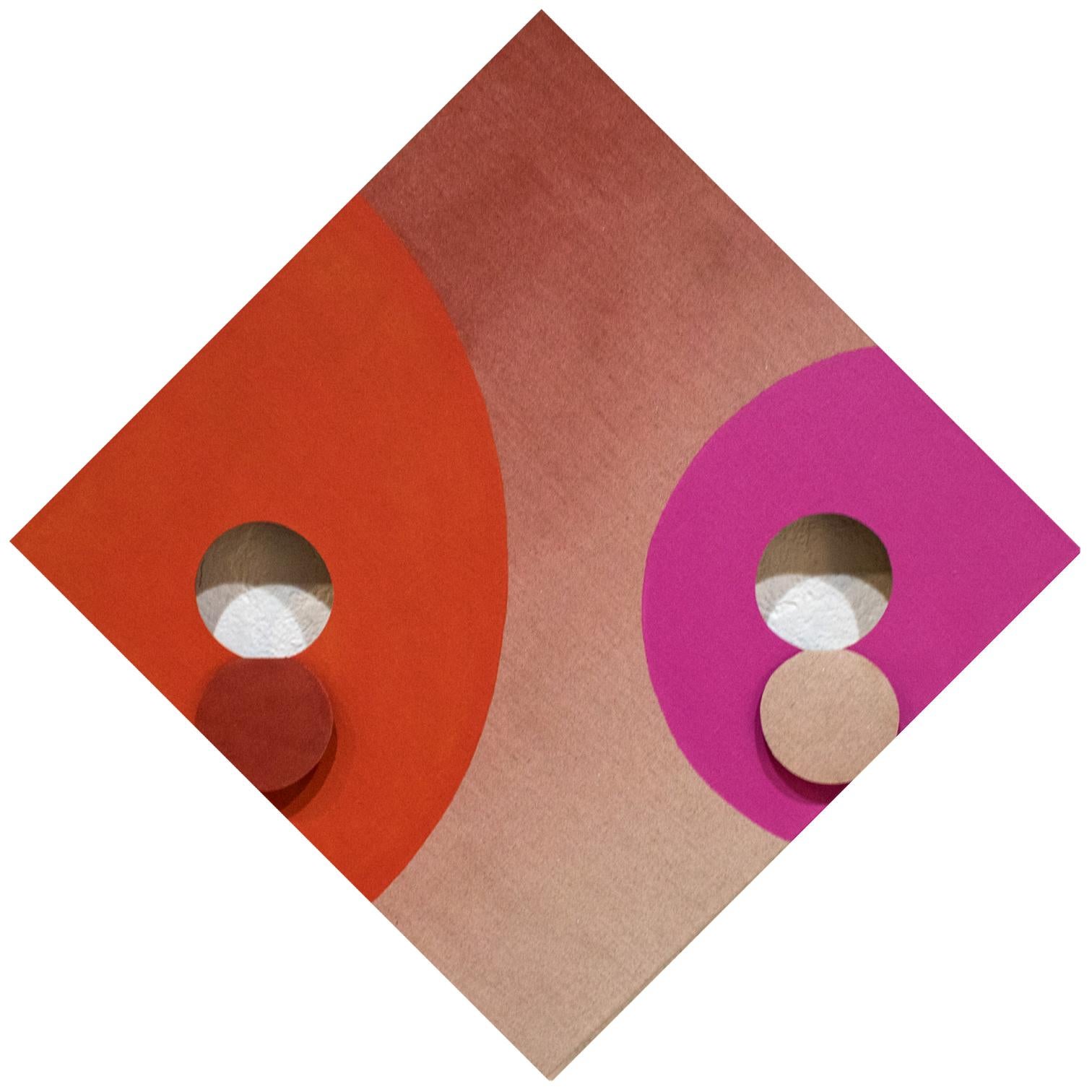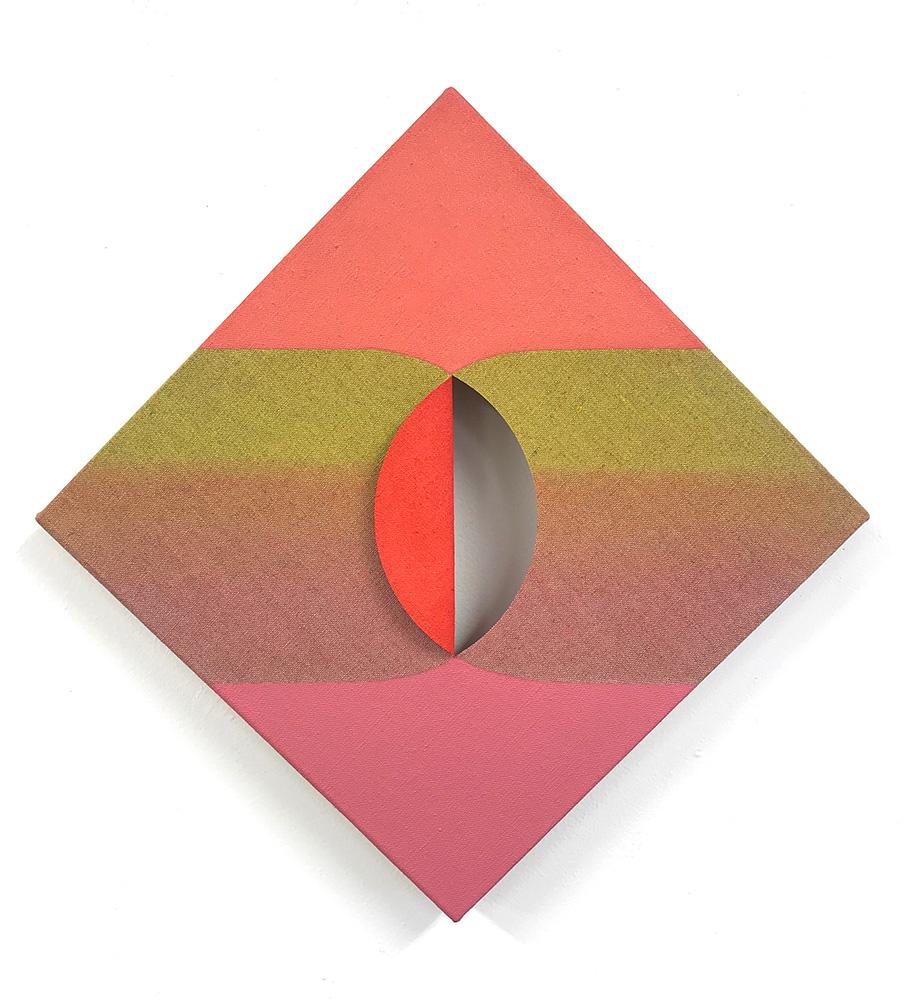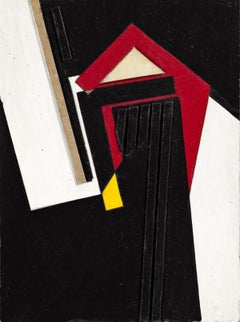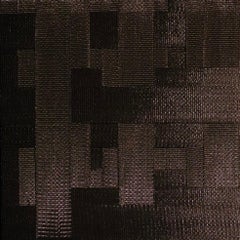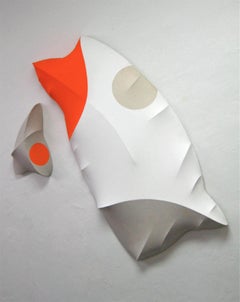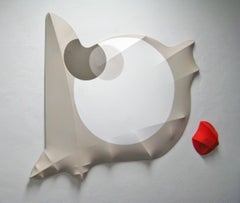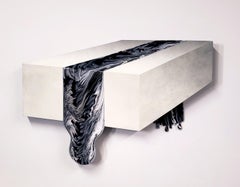
Zack Smithey "B&W Pour" Form and Flow Series Abstract Oil Enamel Board White
View Similar Items
1 of 9
Zack SmitheyZack Smithey "B&W Pour" Form and Flow Series Abstract Oil Enamel Board White2019
2019
$2,700List Price
About the Item
- Creator:Zack Smithey (1982)
- Creation Year:2019
- Dimensions:Height: 22 in (55.88 cm)Width: 32 in (81.28 cm)Depth: 2 in (5.08 cm)
- Medium:
- Movement & Style:
- Period:
- Condition:
- Gallery Location:Palm Springs, CA
- Reference Number:Seller: ZS00141stDibs: LU136526252292
Authenticity Guarantee
In the unlikely event there’s an issue with an item’s authenticity, contact us within 1 year for a full refund. DetailsMoney-Back Guarantee
If your item is not as described, is damaged in transit, or does not arrive, contact us within 7 days for a full refund. Details24-Hour Cancellation
You have a 24-hour grace period in which to reconsider your purchase, with no questions asked.Vetted Professional Sellers
Our world-class sellers must adhere to strict standards for service and quality, maintaining the integrity of our listings.Price-Match Guarantee
If you find that a seller listed the same item for a lower price elsewhere, we’ll match it.Trusted Global Delivery
Our best-in-class carrier network provides specialized shipping options worldwide, including custom delivery.You May Also Like
"Untitled, " Seymour Fogel, Geometric Abstraction, Texas Hard-Edge
By Seymour Fogel
Located in New York, NY
Seymour Fogel
Untitled
Oil on illustration board construction
10 x 7 1/2 inches
Provenance:
Estate of the artist
Charles and Faith McCracken
Larry and Trish Heichel
Private Collection
Seymour Fogel was born in New York City on August 24, 1911. He studied at the Art Students League and at the National Academy of Design under George Bridgeman and Leon Kroll. When his formal studies were concluded in the early 1930s he served as an assistant to Diego Rivera who was then at work on his controversial Rockefeller Center mural. It was from Rivera that he learned the art of mural painting.
Fogel was awarded several mural commissions during the 1930s by both the Works Progress Administration (WPA) and the Treasury Section of Fine Arts, among them his earliest murals at the Abraham Lincoln High School in Brooklyn, New York in 1936, a mural in the WPA Building at the 1939-1940 New York World's Fair, a highly controversial mural at the U.S. Post Office in Safford, Arizona (due to his focus on Apache culture) in 1941 and two murals in what was then the Social Security Building in Washington, D.C., also in 1941. Fogel's artistic circle at this time included Phillip Guston, Ben Shahn, Franz Kline, Rockwell Kent and Willem de Kooning.
In 1946 Fogel accepted a teaching position at the University of Texas at Austin and became one of the founding artists of the Texas Modernist Movement. At this time he began to devote himself solely to abstract, non-representational art and executed what many consider to be the very first abstract mural in the State of Texas at the American National Bank in Austin in 1953. He pioneered the use of Ethyl Silicate as a mural medium. Other murals and public works of art done during this time (the late 1940s and 1950s) include the Baptist Student Center at the University of Texas (1949), the Petroleum Club in Houston (1951) and the First Christian Church, also in Houston (1956), whose innovative use of stained glass panels incorporated into the mural won Fogel a Silver Medal from the Architectural League of New York in 1958.
Fogel relocated to the Connecticut-New York area in 1959. He continued the Abstract Expressionism he had begun exploring in Texas, and began experimenting with various texturing media for his paintings, the most enduring of which was sand. In 1966 he was awarded a mural at the U.S. Federal Building in Fort Worth, Texas. The work, entitled "The Challenge of Space", was a milestone in his artistic career and ushered in what has been termed the Transcendental/Atavistic period of his art, a style he pursued up to his death in 1984. Painted and raw wood sculpture...
Category
Mid-20th Century Abstract Geometric Abstract Paintings
Materials
Oil, Board
$4,600 Sale Price
20% Off
Black Square (grid minimalist textile design modern geometric thread wall art)
Located in Quebec, Quebec
Black nylon over panel
keywords; use of common materials, assemblage, abstract sculpture, wall-sculpture, process-oriented, abstract art, line, form and color, black, monochrome scu...
Category
2010s Abstract Geometric Abstract Sculptures
Materials
Metal
Number 17, Vertebrate Companion Series, 2010, oil on canvas, wall sculpture
By George Goodridge
Located in Jersey City, NJ
Oil on 3-D stretched canvas, dimensions listed for piece as shown. Dimensions are variable depending on hanging formation. Wall sculpture, white, orange, and gray.
Category
2010s Abstract Geometric Abstract Paintings
Materials
Canvas, Wood, Oil
Number 15, Vertebrate Companion Series, 2010, oil on canvas, wall sculpture
By George Goodridge
Located in Jersey City, NJ
Oil on 3-D stretched canvas, dimensions listed for piece as shown. Dimensions are variable depending on hanging formation. Wall sculpture, white, red, and gray.
Category
2010s Abstract Geometric Abstract Paintings
Materials
Canvas, Wood, Oil
Number 29, Vertebrate Companion Series, 2012, oil on canvas, wall sculpture
By George Goodridge
Located in Jersey City, NJ
Oil on 3-D stretched canvas, dimensions listed for piece as shown. Dimensions are variable depending on hanging formation. Wall sculpture, orange, green, and purple.
Category
2010s Abstract Geometric Abstract Paintings
Materials
Canvas, Wood, Oil
VERSO EQUIVALENCE 1 - acrylic, staples, pine wood, cut linen -Abstract geometric
By Linda King Ferguson
Located in Signal Mountain, TN
This painting by Linda King Ferguson is part of her equivalence series, which began as a feminist project; works that subvert the historically male gaze and a material language speaking of gendered concerns. While typically, King Ferguson paints both sides of the canvas and cuts a flap on the the frontside to reveal the color of the back of the canvas, she unexpectedly does the opposite here. The painting is hung from the "frontside" of the canvas, revealing to us the raw edges of her linen canvas, stapled to the stretchers. Two oblong shapes of pink and red dominate the center of the painting. A thin semioval cut has been made inside of both of these shapes.
Her color choices first came from Helen Molesworth’s essay, Painting With Ambivalence, published in WACK! Art of the Feminist Revolution. The Essay includes a large reproduction of Mary Heilmann’s 1979 painting...
Category
2010s Abstract Geometric Abstract Paintings
Materials
Metal
